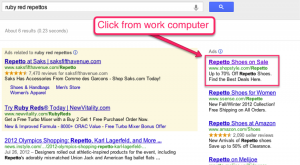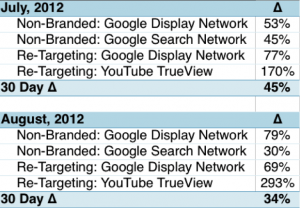There are a hundred different reasons a conversion resulting from an AdWords click might not track in the UI. Here are just a handful of scenarios:
Scenario #1: Multiple Devices
Let's say that during my lunch break at work, I decide to do some shoe shopping. I search Google for "ruby red repettos", click on a ShopStyle.com ad and find a pair of shoes I love.
Later that night, when I get home, I go directly to ShoeStyle.com on my iPad, where I buy the shoes I saw earlier that day.
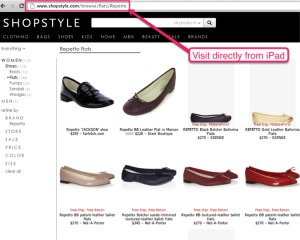
Since the cookie I received when I clicked on the ShopStyle ad is on my work computer, and I purchased the shoes on my iPad, ShopStyle won't see my conversion in its AdWords account, despite my purchase having been the direct result of clicking on ShopStyle's PPC ad.
Scenario #2: Do-Not-Track
Let's jump a few months into the future and pretend that I'm at work, shopping once more for a new pair of Repettos. This time, though, I click on a ShopStyle ad and immediately place an order. On the same computer. However, since it's the future and I'm using Microsoft's IE10, which is being released with a default the do-not-track setting, my browser blocks the cookie Google tried to send when I clicked on the ad. Therefore, the conversion will not track in ShopStyle's AdWords account.
Scenario #3: Path to conversion is greater than 30 days
Let's say that I'm in the market for a pair of Repetto python skin ballet flats. After doing some initial research, I find through a PPC ad that they are available on a site called FarFetch.com. However, these particular flats are quite expensive, so I'll need to save for a few weeks! Thirty-one days later, I return to FarFetch.com and buy the flats. Even though I'm making the purchase on the same computer I used to visit FarFetch.com 31 days earlier through a PPC ad, the conversion won't track in FarFetch's AdWords account, because the Google AdWords cookie has a 30-day shelf life.
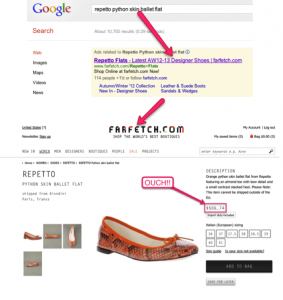
The length of the consumer purchase decision process varies with different types of products/services; therefore, the 30-day AdWords cookie lifespan will impact some advertisers more than others. The decision process for buying a pair of shoes might only take 10 minutes. However, the decision process to find a graphic designer to redesign a company's logo is likely to take much longer, because more is at stake. At 99designs, were I work, we measure the lag time from click to conversion, which often spans greater than 30 days.
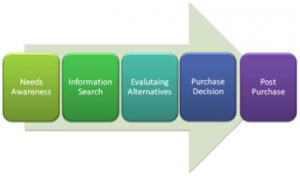
The data below shows the difference between conversions reported on day 1 (the click and the conversion occurred in the same day), vs. conversions that happened up to 30 days after the initial click. As you can see, there is a significant difference, and the percentage lift varies by audience type and network. Based on these two months of data, we saw that conversions occur more quickly on the search network (30-53% lift in conversion volume after 30 days) than they do on the display network (53%-79% lift after 30 days). Re-Targeting ads experience the highest lift (69-55% on the GDN and 170%-293% on YouTube).
The moral of the story here is that your marketing dollars are most likely being spent more efficiently than you think, so it's important to make sure you're looking at all of the data (i.e. waiting for a full 30 days to pass before evaluating your CPA) and filling in the gaps with internal data or data from Google Analytics Search Funnels, which reports conversions up to 90 days post-click.
If you liked this post, you might also enjoy How to enable and use Adwords Ad Extensions

